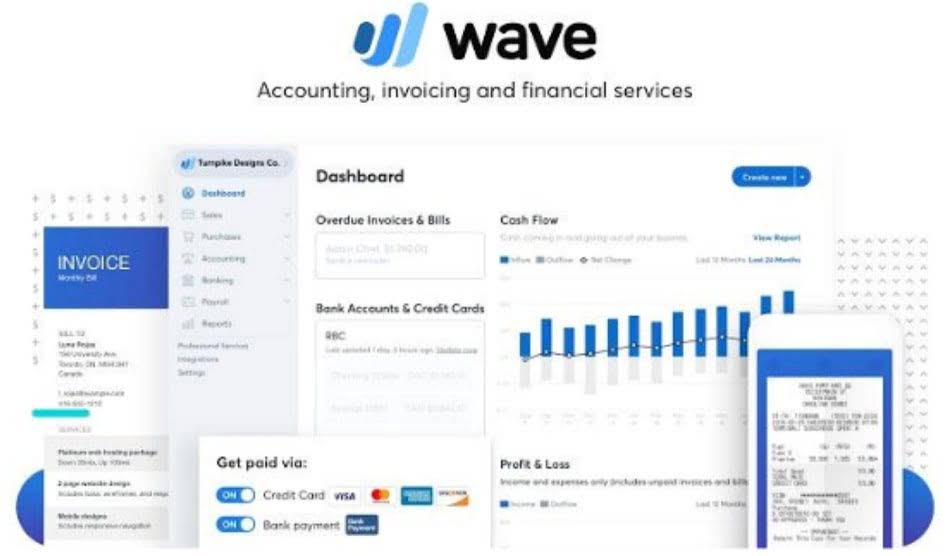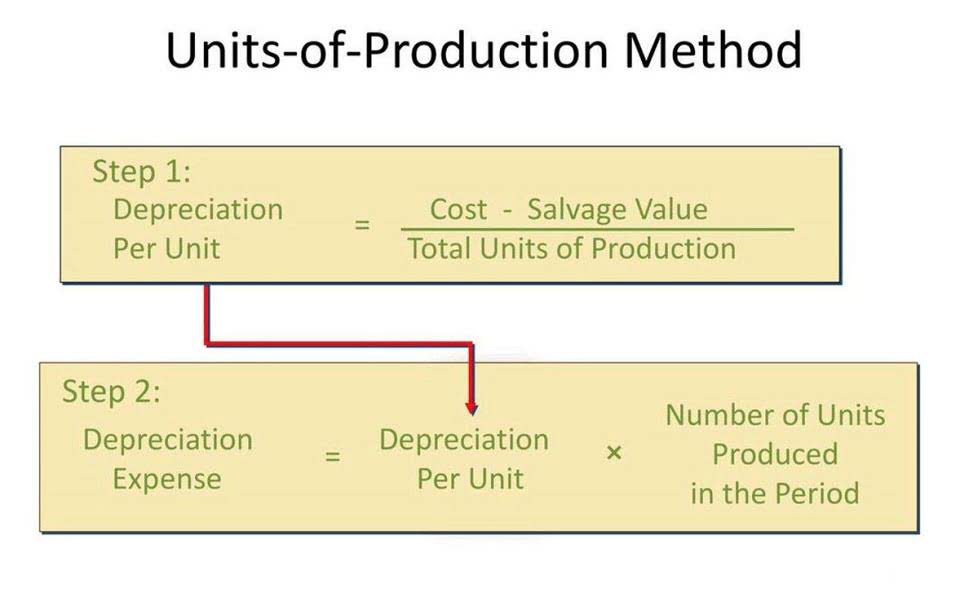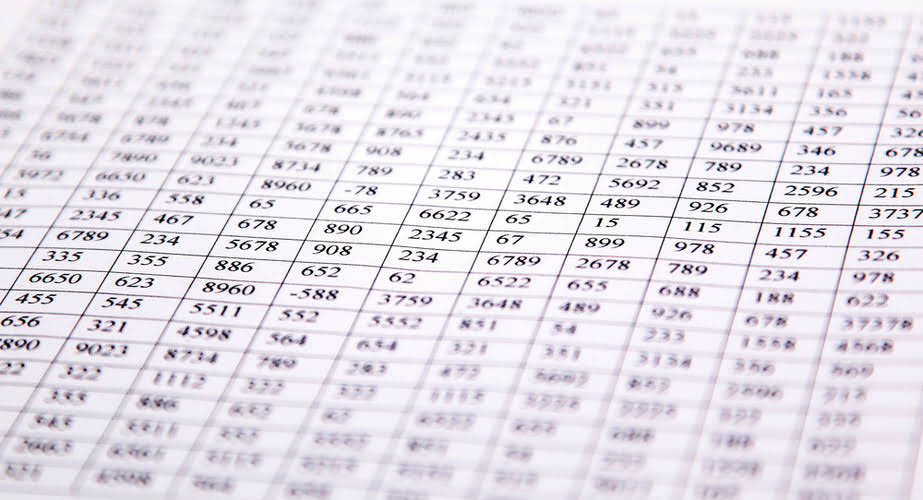
Indeed, the terms manufacturing costs, product costs, and production costs are often used interchangeably to refer to the expenses related to the manufacturing process. In our comprehensive exploration of total manufacturing cost, we have discovered the valuable insights it provides for maximizing profitability. By closely monitoring and analyzing these costs, we can make informed decisions, CARES Act optimize our operations, and ultimately increase profitability. Embrace the insights from total manufacturing cost analysis and let them guide your decision-making process. Continuously refine your manufacturing processes and cost management strategies, and watch your efficiency soar. The proactive approach enables you to make informed decisions, identify cost-saving opportunities, and optimize profitability.
Challenges of Allocating Manufacturing Overhead
Indirect materials costs are also part of manufacturing overhead, such as the purchase of lubricants, grease and water that aren’t used as raw materials. To determine the total manufacturing cost for the production of your finished product, add the direct materials cost with the direct labor costs and the manufacturing overhead costs. Your business’s total manufacturing overhead summarizes the indirect costs of producing finished goods. These costs include indirect labor, indirect materials, utilities, maintenance, repairs, insurance, taxes, and depreciation. These expenses impact your income statement and balance sheet, so you must calculate manufacturing overhead when determining your total manufacturing cost. Accurately calculating total manufacturing costs is essential for profitability.
Gather Cost Data

This distinction is subjective to the industry and the company’s decision. Much like with direct materials, direct labor costs constitute all labor that goes toward converting materials into finished goods. In other words, the direct labor costs that go into the total manufacturing cost calculation are only made up of staff directly involved in the production part of the business. Start by adding the direct materials and labor costs incurred for the WIP. Then allocate a portion of the manufacturing overhead costs using an appropriate allocation method. Adding these costs together will give you the total manufacturing cost with WIP.
- In contrast, total manufacturing cost includes any production costs within a window of time, regardless of what was finished or sold.
- He is especially interested in environmental themes and his writing is often motivated by a passion to help entrepreneurs/manufacturers reduce waste and increase operational efficiencies.
- In the world of manufacturing, understanding and effectively managing your total manufacturing cost is crucial to maintaining competitiveness and profitability.
- The record includes tracking invoices, utility bills, maintenance records, and other relevant documentation.
- This allows for streamlined data flow between departments, improving overall efficiency.
- As a company produces more products, its total revenue rises while its fixed costs remain constant.
AccountingTools

This data is also shared with other features, such as our dashboards and reports. The company engaged a consulting firm to help them find out what factors were driving up manufacturing costs. By looking at the historic data on employee timesheets and purchasing costs, the firm was able to understand the areas that were increasing the total manufacturing costs.

- Manufacturing quoting and estimating software helps determine the cost of a project’s materials.
- To increase production, for example, the company may need to purchase additional machinery or hire more employees to operate the machines.
- These expenses reflect the necessary support services and resources utilized throughout manufacturing.
- Irrespective of the scale of your enterprise, understanding this measurement empowers you to enhance efficiency and increase profitability.
- In the quest to maximize profitability, meticulous record-keeping is your ally.
- Direct material is the cost of raw materials used in the manufacturing process which are inextricably linked to the final product.
Now you can determine the manufacturing overhead rate — this is the percentage of your monthly revenue that goes towards paying for overheads each month. To do this, divide the monthly manufacturing overhead by the value of your monthly sales, multiplying that by 100. ProjectManager is award-winning project management software that helps manufacturers plan, manage and track their manufacturing costs in real time. Our software has powerful Gantt charts to plan your manufacturing costs and secure timesheets to track labor costs all in real time. That’s on top of our features such as our automated workflows and task approval settings to streamline processes and ensure quality.
Total Manufacturing Cost vs. Cost of Goods Sold
Material costs are the costs of raw materials used in manufacturing the product. For instance, if the manufacturing costs are too high, these costs can create a dent in the company’s profit. In this case, the management can decide to stop the production of some goods and invest in developing new ones that have a lower cost of production. The key takeaway of this case study is that understanding the fluctuations in manufacturing costs can empower companies to make informed and timely choices between outsourcing and in-house production. These informed decisions help in maximizing productivity and profitability.

The cost of goods manufactured is an important KPI to track for several reasons. Another closely related KPI crucial in manufacturing accounting is the cost of goods sold or COGS. Whereas COGM depicts the costs of producing all finished goods, COGS only takes into account the costs of producing goods that were sold within the same accounting period. This is important from an accounting point of view as it pinpoints the expense that a company needs to recover per sold product in order to break even.
During the production period, Flying Pigs purchased an additional $23,200 in raw materials. At the end of the production cycle, the company had a final raw https://x.com/bookstimeinc materials inventory of $17,600. No manufacturing business will be successful for long without keeping a very close eye on costs. While there are a host of business functions, each with its own costs, the number that matters most in terms of profitability is the Total Manufacturing Cost.
- Manufacturing overhead does not include costs unrelated to the manufacturing process like administration wages, sales and marketing expenses, office rent, etc.
- It includes all possible costs incurred by the production function, including direct materials, direct labor, and factory overhead.
- Both of these figures are used by manufacturers to evaluate the total costs of running their business.
- Add together all manufacturing costs, noting which are variable and fixed.
- You also need powerful tools to track and optimize resource utilization to boost your organization’s profit margins.
- However, in cases where all materials are used, the COGM and total manufacturing cost would be the same.
Step #3: Add up the other direct expenses

Calculating and analyzing total manufacturing costs provides invaluable insights into your expenses and is a foundation for informed decision-making. Implementing online inventory control software can help improve forecasting. Changing production methods to better utilise raw materials is another way manufacturer can reduce direct material waste. In coffee manufacturing, for example, the cost of coffee beans is a direct material cost. And total manufacturing cost formula for craft brewers, their direct material costs would include the yeast, hops and water used.

